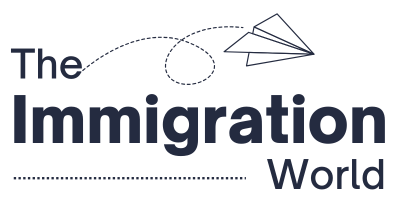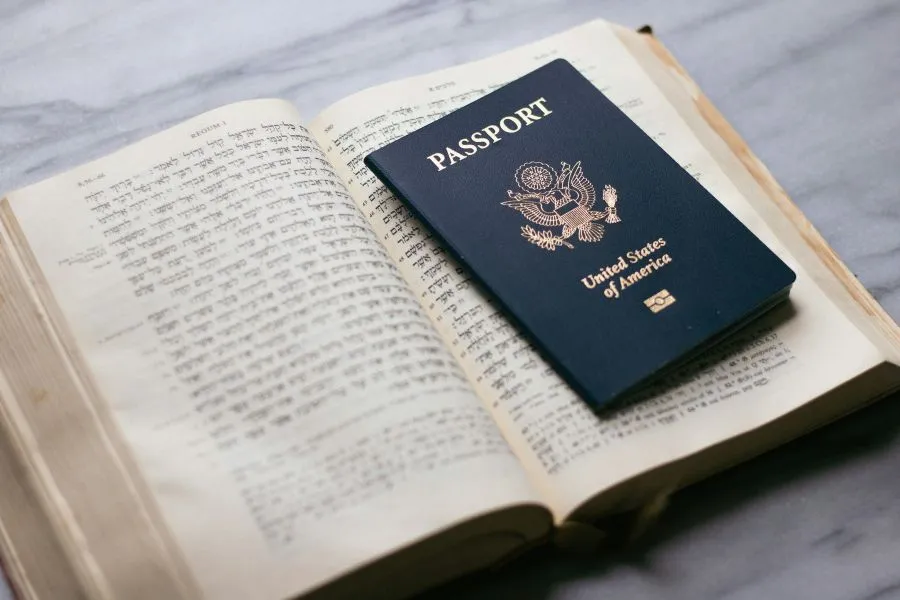For decades, the United States has been seen as the ultimate destination for those seeking career opportunities and long-term settlement. Yet, the path from working in the U.S. to obtaining a green card is not always straightforward. Unlike some countries where temporary work permits easily convert into permanent residency, the American system is layered with visa categories, sponsorship rules, and strict quotas. Still, for the right worker with the right employer, a U.S. work visa can absolutely lead to permanent residency. In this guide, we will explore how the process works, the visa categories available, and what to expect along the way.
Key Takeaways
Types of Work Visas Available in the U.S.
The United States divides its work visas into two broad categories: temporary non-immigrant visas and employment-based immigrant visas. Only some of these can realistically lead to permanent residency.
- H-1B Visa: For skilled professionals in specialty occupations. Often, the most well-known work visa is the H-1B visa, which can eventually lead to a green card if the employer sponsors the worker.
- L-1 Visa: For intra-company transferees moving from a foreign office to a U.S. branch. L-1 holders may qualify for permanent residency if their employer applies through the EB-1C category for multinational managers and executives.
- O-1 Visa: For individuals with extraordinary ability in sciences, arts, education, business, or athletics. This visa can be a stepping stone to an EB-1 green card.
- Temporary Work Visas (H-2A, H-2B, etc.): For seasonal or temporary workers. These generally do not provide a direct path to permanent residency.
- Employment-Based Immigrant Visas (EB-1 to EB-5): These are green card categories directly tied to employment. EB-1 is for extraordinary ability workers and executives, EB-2 is for advanced degree professionals, EB-3 covers skilled and unskilled workers, EB-4 applies to certain special categories, and EB-5 is the investor visa.
Also Read: How to Get Permanent Residency in the United States
Among these, H-1B and L-1 are the most common temporary visas that can lead to PR if the employer is willing to sponsor.
Eligibility for a U.S. Work Visa
Eligibility varies widely depending on the visa type. For example, the H-1B requires a bachelor’s degree or equivalent in a specialty field, a job offer from a U.S. employer, and the employer’s ability to pay the prevailing wage. The L-1 requires at least one year of work at the foreign branch of the same company.
In general, eligibility revolves around:
- Having a legitimate job offer from a U.S. employer.
- Meeting educational or experience thresholds required for the visa.
- Employer’s willingness and capacity to go through the sponsorship process.
- Passing background checks, health requirements, and maintaining legal status in the U.S.
It is also important to note that most U.S. work visas are employer-dependent. This means the worker cannot easily change jobs without reapplying or transferring their visa.
Transition from Work Visa to Permanent Residency
Transitioning from a work visa to permanent residency in the United States usually requires employer sponsorship. The process is often called “adjustment of status” and is typically based on an employer filing an immigrant petition.
For example, an H-1B worker may be sponsored for a green card through the EB-2 or EB-3 categories. The employer first completes a labor certification process (PERM) to prove that no qualified American worker is available for the role. After approval, the employer files Form I-140 (Immigrant Petition for Alien Worker). Once the petition is approved and the priority date becomes current, the worker can apply for a green card.
Those on an L-1 visa can transition to PR through the EB-1C category, which is reserved for multinational managers and executives. This route bypasses the labor certification step and is generally faster.

Application Process for Residency After a Work Visa
The green card application process after holding a work visa involves several steps and extensive documentation. Key requirements include:
- A labor certification (PERM) approved by the Department of Labor, unless exempt.
- An approved immigrant petition (Form I-140).
- Filing Form I-485 (Application to Register Permanent Residence or Adjust Status) when the priority date is current.
- Medical examination results.
- Proof of continuous lawful status in the U.S.
- Background checks and police clearances were required.
The process involves multiple agencies, primarily the U.S. Department of Labor (DOL), the U.S. Citizenship and Immigration Services (USCIS), and, in some cases, the Department of State (DOS) for those applying from abroad.
Timeframes
Timelines are one of the most frustrating parts of the U.S. immigration system. While an employer may sponsor an H-1B worker for a green card soon after hiring, the actual wait can range from two years to over a decade.
Much depends on the applicant’s country of origin. Workers from India and China face long backlogs due to high demand and annual country quotas. Those from other regions may have faster processing. On average, many skilled workers spend 5 to 10 years in the U.S. before securing permanent residency.
Challenges and Common Mistakes
The path from a U.S. work visa to permanent residency is full of challenges. Common issues include:
- Backlogs: Waiting years due to oversubscribed green card categories.
- Employer Dependency: Losing sponsorship if the employer withdraws or closes.
- Strict Compliance Rules: Falling out of status, even unintentionally, can derail the process.
- Misunderstanding Visa Limitations: Not all work visas allow for PR sponsorship, leaving some workers without options.
Also Read: Can You Study in the USA Without SAT or IELTS in 2025?
Another pitfall is not planning early. Workers who assume their employer will handle everything may find themselves stuck on a temporary visa for years without progress toward PR.
Benefits of Permanent Residency via Work Visa
Despite the difficulties, the benefits of securing U.S. permanent residency are substantial. Green card holders can live and work anywhere in the country without employer restrictions. They have access to better career opportunities, can sponsor family members, qualify for federal benefits, and eventually apply for U.S. citizenship. For many, obtaining PR provides the stability and security needed to build a long-term future in the United States.
Conclusion
So, can you get permanent residency in the United States through a work visa? The answer is yes, but the road is complex. A temporary visa alone does not guarantee PR, and the process often requires years of careful planning, strong employer support, and patience with government backlogs. Still, for skilled workers who navigate the system successfully, the reward is a green card and the chance to settle permanently in one of the world’s most sought-after destinations.
Reference: https://www.uscis.gov/green-card/green-card-eligibility/green-card-for-employment-based-immigrants





